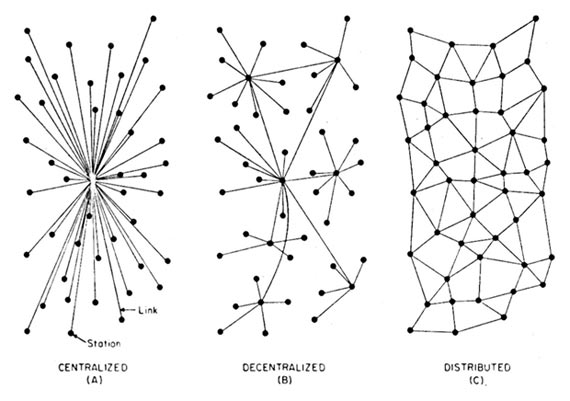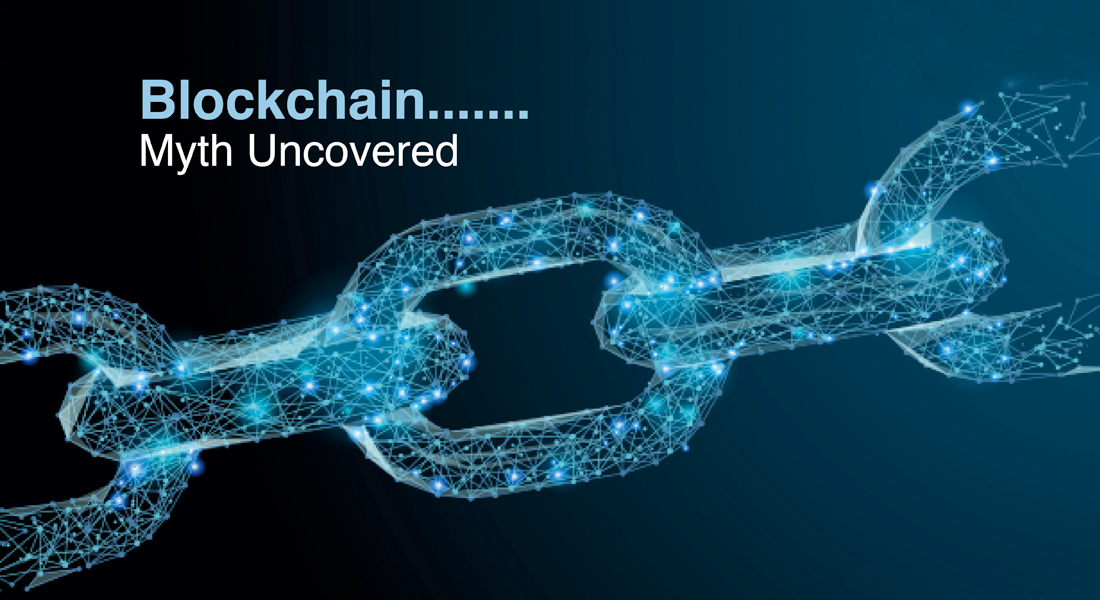Maybe you have never heard about what blockchain is, but it will be just a matter of time before you find out about it, a paradigm shift regarding the way we understand the digital world that will become integrated into our lives, at least according to the experts. In this article, we are going to try to explain what blockchain means and why it will become a key player in the future of digital network.
There are three principal technologies that combine to create a blockchain. None of them are new. Rather, it is their orchestration and application that is new.
These technologies are: 1) private key cryptography, 2) a distributed network with a shared ledger and 3) an incentive to service the network’s transactions, record-keeping and security.
A blockchain is the structure of data that represents a financial ledger entry, or a record of a transaction. Each transaction is digitally signed to ensure its authenticity and that no one tampers with it, so the ledger itself and the existing transactions within it are assumed to be of high integrity.

The real magic comes, however, from these digital ledger entries being distributed among a deployment or infrastructure. These additional nodes and layers in the infrastructure serve the purpose of providing a consensus about the state of a transaction at any given second; they all have copies of the existing authenticated ledger distributed amongst them.
When a new transaction or an edit to an existing transaction comes in, generally a majority of the nodes within a blockchain implementation must execute some algorithms and essentially evaluate and verify the history of the individual blockchain block that is proposed, and come to a consensus that the history and signature is valid, then the new transaction is accepted into the ledger and a new block is added to the chain of transactions. If a majority of nodes do not concede to the addition or modification of the ledger entry, then it is denied and not added to the chain. This distributed consensus model is what allows blockchain to run as a distributed ledger without the need for some central, unifying authority saying what transactions are valid and (perhaps more importantly) which ones are not.
In fact, blockchain can be configured to work in a number of ways that use different mechanisms to achieve consensus on transactions and, in particular, to define known participants in the chain and exclude everyone else. The largest example of blockchain in use, Bitcoin, employs an anonymous public ledger in which anyone can participate. For more private uses of blockchain among a smaller number of known actors, many organizations are deploying permissioned blockchains to control who participates in transaction activity.
For developers, the blockchain concept represents a paradigm shift in how software engineers will write software applications in the future, and it is one of the key concepts that needs to be well understood. We need to really understand five key concepts, and how they interrelate to one another in the context of this new computing paradigm that is unravelling in front of us: the blockchain, decentralized consensus, trusted computing, smart contracts, and proof of work/stake. This computing paradigm is important because it is a catalyst for the creation of decentralized applications, a next-step evolution from distributed computing architectural constructs.

But this is not just a computing phenomena. Decentralized applications are going to enable a decentralization trend at the societal, legal, governance, and business levels because there is a race to decentralize everything and give power to the edge of the networks. So, let’s get ready to understand these concepts.
Currently, most people use a trusted middleman such as a bank to make a transaction. But blockchain allows consumers and suppliers to connect directly, removing the need for a third party.
Using cryptography to keep exchanges secure, blockchain provides a decentralized database, or “digital ledger”, of transactions that everyone on the network can see. This network is essentially a chain of computers that must all approve an exchange before it can be verified and recorded.
How does it work in practice?
In the case of Bitcoin, blockchain stores the details of every transaction of the digital currency, and the technology stops the same Bitcoin being spent more than once.
Why is it so revolutionary?
The technology can work for almost every type of transaction involving value, including money, goods and property. Its potential uses are almost limitless: from collecting taxes to enabling migrants to send money back to family in countries where banking is difficult.
Blockchain could also help to reduce fraud because every transaction would be recorded and distributed on a public ledger for anyone to see.
Transactions – private keys
A transaction is a transfer of value between Bitcoin wallets that gets included in the block chain. Bitcoin wallets keep a secret piece of data called a private key or seed, which is used to sign transactions, providing a mathematical proof that they have come from the owner of the wallet. The signature also prevents the transaction from being altered by anybody once it has been issued. All transactions are broadcast between users and usually begin to be confirmed by the network in the following 10 minutes, through a process called mining.
Processing – mining
Mining is a distributed consensus system that is used to confirm waiting transactions by including them in the block chain. It enforces a chronological order in the block chain, protects the neutrality of the network, and allows different computers to agree on the state of the system. To be confirmed, transactions must be packed in a block that fits very strict cryptographic rules that will be verified by the network. These rules prevent previous blocks from being modified because doing so would invalidate all following blocks. Mining also creates the equivalent of a competitive lottery that prevents any individual from easily adding new blocks consecutively in the block chain. This way, no individuals can control what is included in the block chain or replace parts of the block chain to roll back their own spends.
Who is using it?
In theory, if blockchain goes mainstream, anyone with access to the internet would be able to use it to make transactions.
Currently only a very small proportion of global GDP (around 0.025%, or $20 billion) is held in the blockchain, according to a survey by the World Economic Forum’s Global Agenda Council.
Bitcoin has been called “digital gold,” and for a good reason. To date, the total value of the currency is close to $9 billion US. And blockchains can make other types of digital value. Like the internet (or your car), you don’t need to know how the blockchain works to use it. However, having a basic knowledge of this new technology shows why it’s considered revolutionary. So, we hope you enjoy this, what is Blockchain guide.

What is Blockchain Technology?

Don & Alex Tapscott, authors Blockchain Revolution (2016)



http://bit.ly/2r83vv5 – Buy and Trade Bitcoin and Altcoins. Top 1 Exchange!
=$=